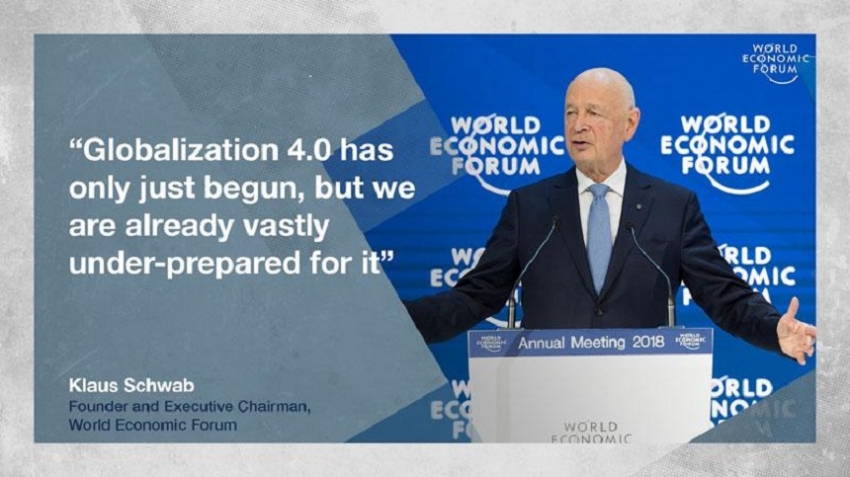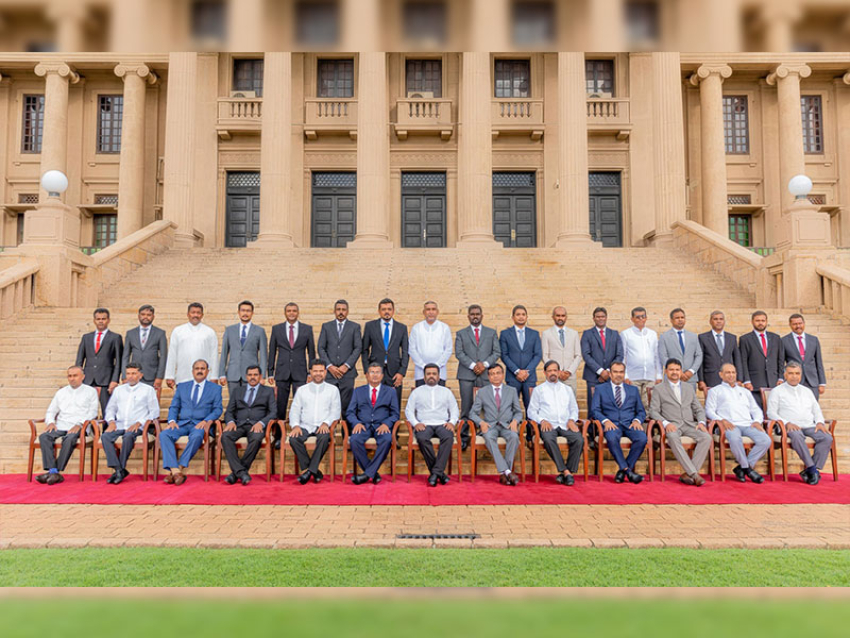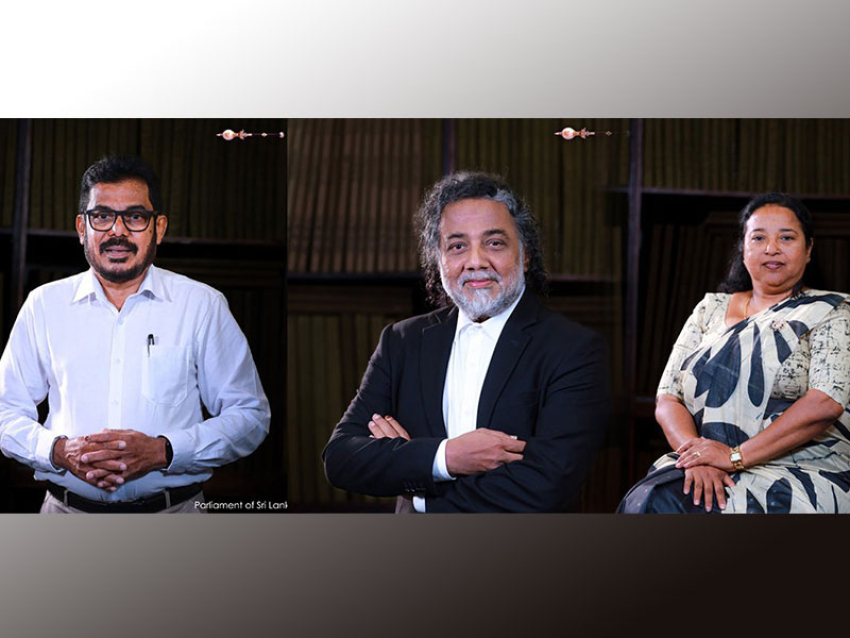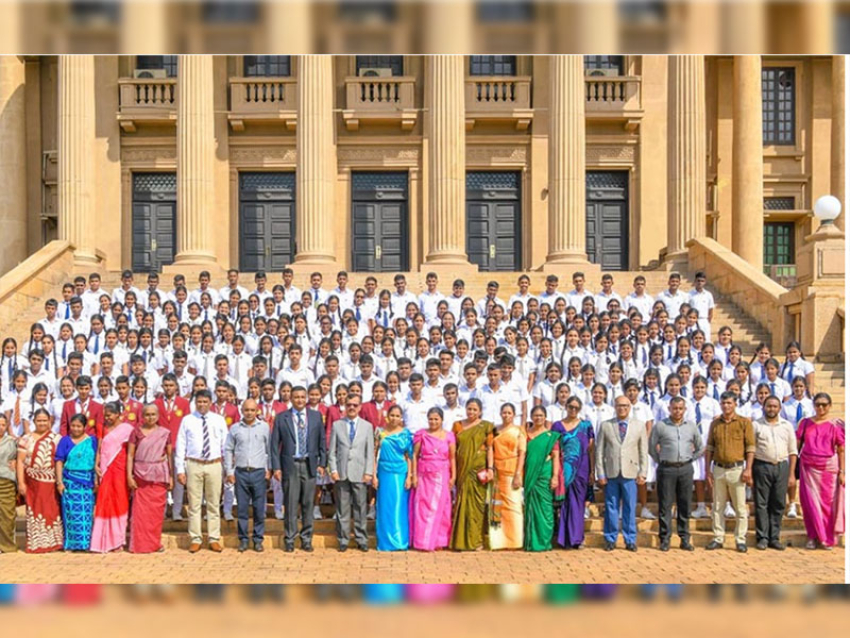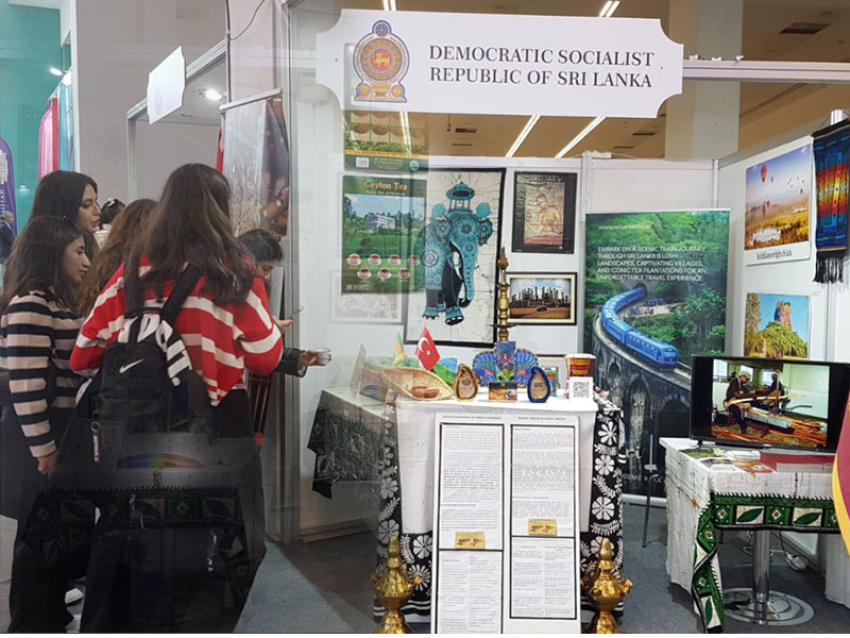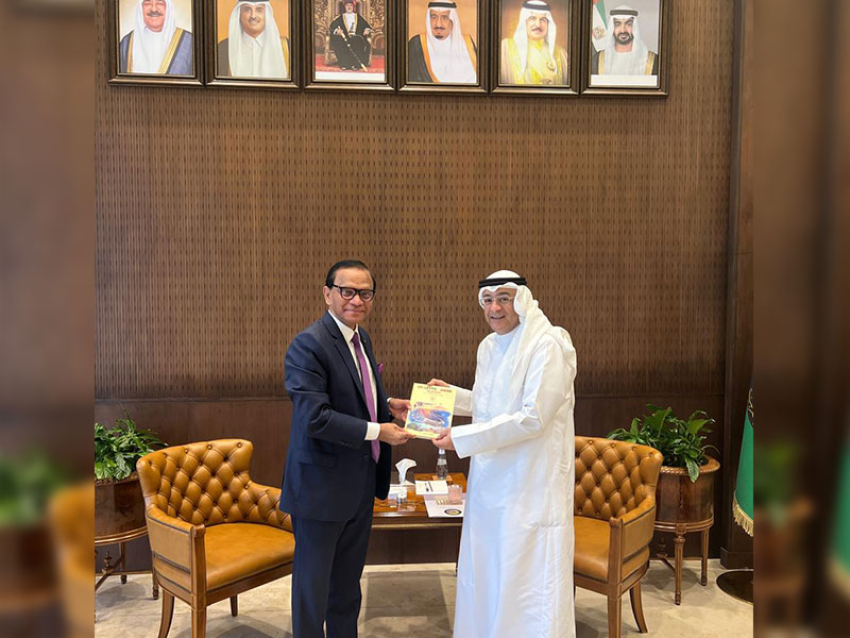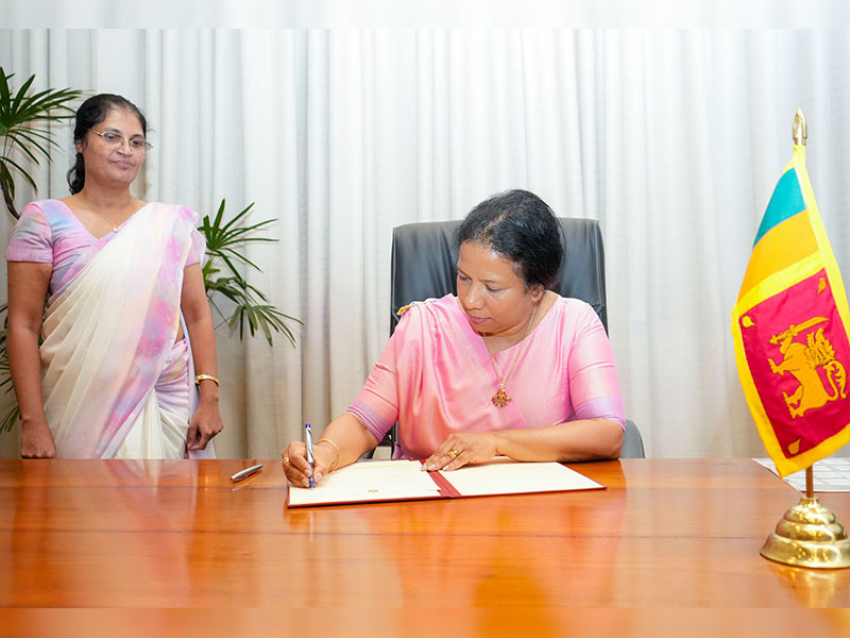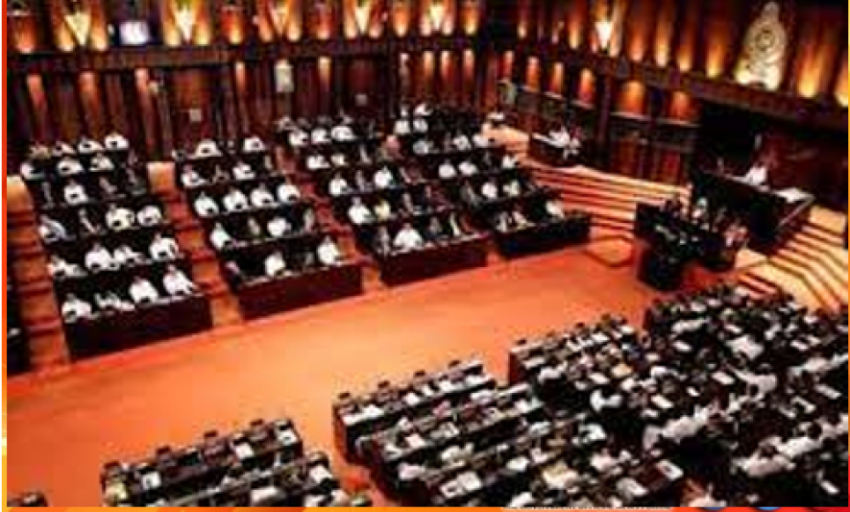The government is struggling to accelerate economic growth and restructure the economy. Domestic factors largely determine the success or failure of such an effort. However, given our heavy dependence on export markets, foreign capital, imported technology and essential inputs such as oil, the world economy also matters a great deal.
For the past two decades the World Economic Forum (WEF) that held its annual (2019) meeting in Davos, Switzerland from January 22 to 25 has been the premier platform that annually reviews the status of the global economy and where it is headed. This year the WEF did not have the same glitter that it had in the past. Almost all the leaders of the top G20 countries including Presidents Donald Trump of USA, Xi Jinping of China, Emmanuel Macron of France and Prime Ministers Theresa May of UK and Narendra Modi of India skipped the meeting. They lead the countries that play a dominant role in globalization. In their absence a few second-tier country leaders gained some prominence.
Most of the CEOs of global multinational titans that play a key role in globalization from the business side were present. But reports from Davos suggest that even in business the mood was somewhat subdued and mixed. While ICT companies appeared to be optimistic, oil companies and the some segments of the automobile industry that did not have the best year in 2018 were less so.
In a way this year Davos captured the uncertainties that face Globalization 4.0 that the Forum adopted this year as its main theme.
Globalization 4.0
Globalization 4.0 is broadly defined as connectivity of digital and virtual systems and ideas and services across borders. Davos tried to connect Globalization 4.0 to what is known as the Fourth Industrial Revolution (IR4).
IR4 refers to the development and adoption of the latest technologies such as robotics and artificial intelligence (AI) that have the potential to be very disruptive technologies.
Under Globalization 4.0 if AI and robotics take over what humans do in the workplace the world will face a major socio-economic and political challenge. Examples include driverless cars and taxis and robots doing routine work of assembly line workers. Productivity will increase in such a situation but the allocation of income will become a major challenge because people need well-paying jobs.
Globalization 4.0 is also seeking answers to other major challenges that Globalization 3.0 created. One is the large increase in international migration from poor to rich countries that has created political turmoil in Europe and USA.
The purpose of this article is to draw the attention of the reader to some of the latest issues that confront the global economy in the context of Globalization 3.0 and 4.0 that can potentially impact the future of Sri Lanka’s economy.
Since about 1990 the gathering in Davos has been seen more as a celebration of the triumph of capitalism and globalization. The Soviet Union collapsed in 1989/90 and almost every country including Russia and China abandoned socialism for capitalism. EU welcomed many of the East European countries that became liberal democracies and expanded membership from 16 in 2004 to 28 today.
World output growth accelerated under the new order. In 1980 global output was $10.8 trillion, in 1990 $21.8t (an increase of 102%), 2000 $31.5t (44.5%), 2010 $66.0t (109.5%) and 2017 $80.7t (22.3%).
Major changes in key economic policies, especially in trade and foreign capital flows, in the leading economies contributed to the economic growth described above. The simple mean tariff in USA was cut from 5.6% in 1989 to 4.0% in 2000 and in EU from 4.1% to 2.4%. China’s tariffs dropped from 41% in 1992 to 16.3% in 2000 and India’s from 79% in 1990 to 32.5% in 1999. Sri Lanka’s tariffs dropped from 28.3% in 1990 to 9.9% in 2000. World trade as a share of world output rose from 39% in 1990 to 58% in 2018.
In the past four decades rules governing international capital transfers were liberalized.
Annual Foreign Direct Investment (FDI) increased over fourteen fold from about $200 billion in 1990 to 1.67 trillion in 2000. In 2007, the year before the start of the great recession, it stood at $2.1 trillion. FDI declined in the 2008 recession dropping to $1.4 trillion in 2010 but in 2017 it had recovered to $1.95 trillion.
China was one of the principal beneficiaries of this change. The country’s GDP growth rate averaged 10% over 27 years helping it to climb from an economic backwater with a GDP of $350 billion (per capita GDP $300) in 1989 to produce a GDP of 12.2 trillion (per capita GDP $8,700) in 2017. In 2010 the Chinese economy surpassed that of Japan to become the world’s second largest.
Global poverty dropped sharply under globalization. In 1990 about 1.9 billion (36% of the global population) lived under the Purchasing Power Parity $1.90 per day international poverty line. In 2017 only about 730 million (10% of the world population) lived under the poverty line. About 1.2 billion people have escaped poverty since 1990, 400m of them were Chinese.
Liberal Rules-based System under stress
This remarkable economic revolution occurred largely under a rules based system led by USA. A set of key institutions such as the UN and its affiliated agencies such as WHO and UNDP, World Bank, IMF, WTO (formerly GATT) provided the global institutional framework.
From 2008 the viability of the system has been called into question First, the 2008 global financial crisis and the recession that followed showed some of its serious structural weaknesses, especially in the financial sector. Global output declined by 3.6% in 2009 but recovered starting 2010.
Second, while the share of the global population living in absolute poverty was cut back by almost 75% between 1990 and 2017, there still are about 800 million that live in poverty, about half of them in South Asia. Globalization is yet to reach them.
Inequality
Third, in a large number of countries - rich, middle-income and poor - income and wealth inequality has risen under Globalization. Typically the urban-rural gap has increased in favour of the former. In China, the average income per person in a rural area is about one fifth of the average urban income. Within countries some regions have done much better than other regions. For example, in USA the East Coast and the West Coast have prospered and in China the same is true of the Eastern coastal region.
China does not hold one-person one-vote elections to allow people to express their disaffection arising from such inequities that globalization produces. But western democracies such as USA and UK do. In USA Donald Trump got elected as president in 2016 with strong support from poor white people in rural areas and in urban working class areas of the old ‘rust belt’ states with declining industries that also lost jobs to developing countries as a result of globalization.
In the UK voters who were suspicious of the EU and globalization and felt that they have been left behind voted for Brexit.
Inequality in Sri Lanka
Interestingly, Sri Lanka has not followed this global trend in inequality to the same degree.
In 1985-86 the top 20% of the income earners got 56% of the income and the bottom 20% got 5%. In 1995 the shares were 43% and 8% . In 2016 the shares were 48% and 7%. That is a reversal, though not very substantial, in favour of the better off.
In Sri Lanka electoral pressure led governments to enhance welfare payments such as Janasaviya and Samurdhi to the poor and provide subsidies such as free schoolbooks, free uniforms for school children, and subsidised credit schemes for micro-entrepreneurs. These particularly befitted the low-income households.
Responding to Globalisation 4.0
Globalisation 4.0 that concerns among other things, ICT, AI and Robotics, may appear to be remote and of no consequence to Sri Lanka in the short term. However, for the long term they matter a lot and we have to plan for such change
AI and Robotics will cut back labour cost in rich countries, reducing or wiping out the advantage of cheap labor that we have. That means the production model even in industries such as garments can change and we may lose markets and jobs.
But other options will open up for Sri Lanka, especially in services. The IMF reports that over the period 2004-14 over 40% of productivity growth in ‘emerging economies’ (developing countries) came from ‘knowledge flows’. ‘Knowledge flows’ refer mainly to services that these countries could provide not only for domestic consumers but for cross-border customers. For example, India is moving from providing traditional ICT based services such as payroll management for multinationals to more creative ICT based services such as design and advertising.
Under Globalisation 4.0 there is a trend away from inter-regional (long-distance global) trade to more intra-regional trade with neighbouring countries. That means Sri Lanka has to prepare to do more trade with Asian countries, especially with the two Asian economic superpowers India and China.
The recent Free Trade Agreements with Singapore may have shortcomings that need correction. But the bottom line is, as a small country Sri Lanka can’t change the way the global and regional economy evolves. What we can do is to have a sound grasp of the changes that occur and adjust our policies to make the best use of the opportunities that come our way.

